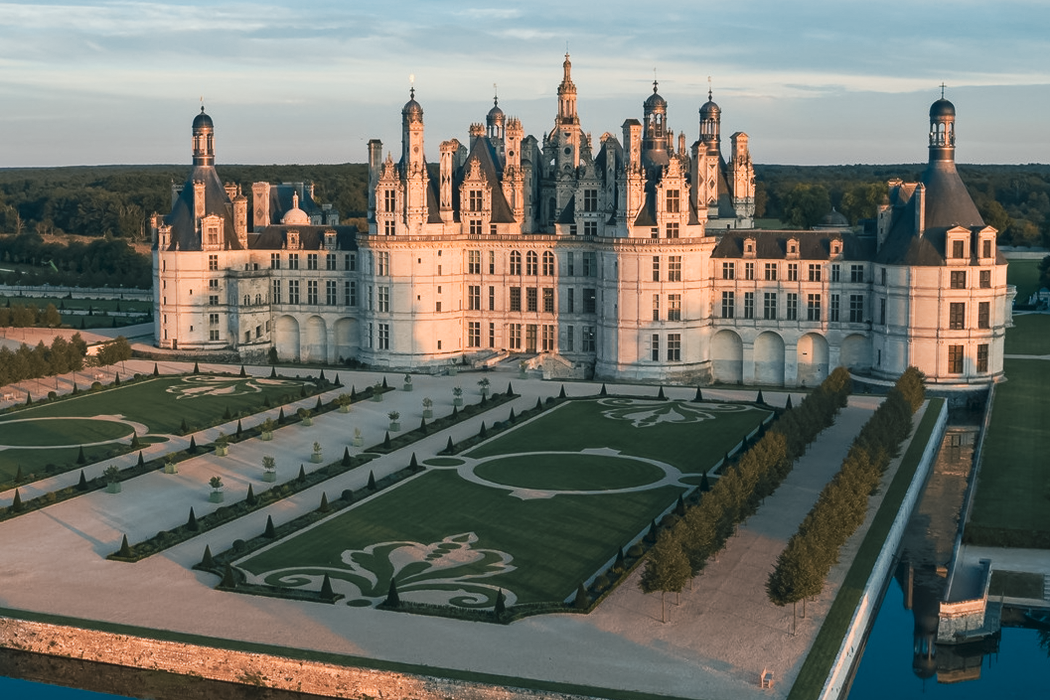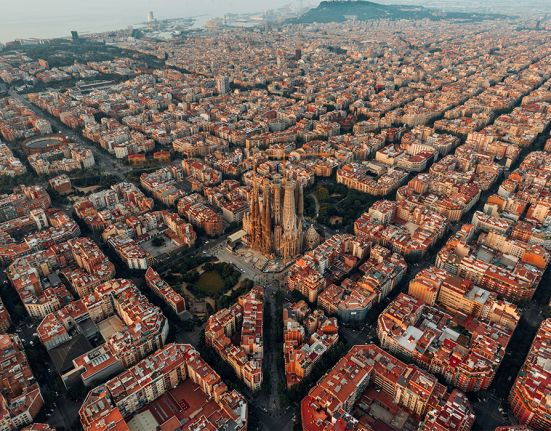Explore the Content

Chambord Castle
Nestled in the heart of the Loire Valley, Chambord Castle emerges like a mirage, a testament to the opulence and artistic fervor of the French Renaissance. Commissioned by King François I in 1519, the castle’s construction was a monumental undertaking that aimed to reflect the glory and prestige of his reign. With its blend of traditional French medieval forms and classical Renaissance structures, Chambord is not just a castle; it’s a masterpiece of architectural innovation.
The Visionary King and His Dream
King François I, a patron of the arts and an avid supporter of the Renaissance movement, envisioned Chambord as a hunting lodge like no other—a luxurious retreat that would showcase the might and sophistication of his empire. The castle’s design, attributed to Domenico da Cortona with contributions from Leonardo da Vinci, features a unique double helix staircase at its heart, a testament to the era’s ingenuity and the king’s ambition.
Architectural Marvel of the Renaissance
Chambord’s architecture is a dazzling display of creativity and engineering. The castle boasts 440 rooms, 365 fireplaces, and 84 staircases, including the famed double helix staircase that allows two people to ascend and descend without ever meeting. Its silhouette, punctuated by a forest of chimneys and turrets, creates a skyline so distinctive that it seems to belong more to the realm of fairy tales than to the Loire Valley.
Over the centuries, Chambord has been a silent witness to the ebb and flow of French history. It survived the chaos of the French Revolution, hosted illustrious guests like Louis XIV, and even served as a military hospital during the First World War. Each room, staircase, and gallery within its walls tell a story, connecting the past with the present.
The Legacy of Chambord
Beyond its architectural splendor, Chambord Castle represents a pivotal moment in French cultural history. It embodies the Renaissance spirit of exploration, innovation, and the pursuit of beauty. Today, it stands as a monument to human creativity and the enduring power of art and architecture to inspire awe and wonder.
Visiting Chambord today offers a journey back in time. Guests can explore the lavish royal apartments, admire the intricate roofscape from the terraces, and lose themselves in the geometric beauty of the formal gardens. The estate also encompasses an expansive forest park, allowing visitors to experience the natural beauty that surrounds this architectural jewel.

A Journey Through Time
Chambord Castle is more than a landmark; it’s a bridge to the past, inviting us to explore the heights of human creativity and the depth of our historical heritage. Whether you’re marveling at its architectural grandeur, wandering through its vast forests, or reflecting on the historical events it has witnessed, Chambord offers an unforgettable experience that transcends time.
In the words of King François I, “We may construct and demolish, but it is for Time to reveal the perseverance of our efforts.” Chambord stands as a testament to this perseverance, a beacon of the Renaissance spirit that continues to enchant and educate visitors from around the world.










